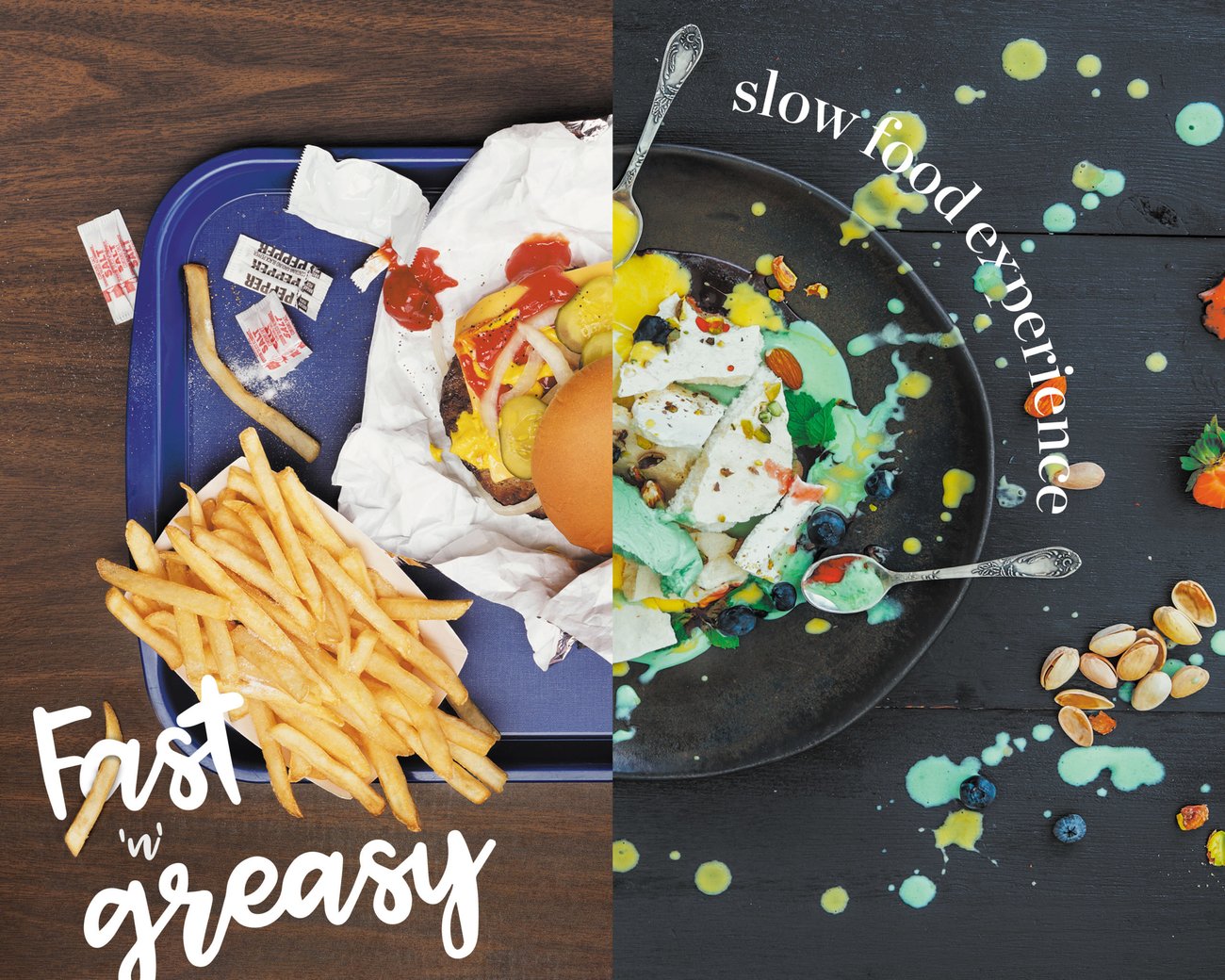
Over the last decade, the pervasiveness of digital has gone to another level. There’s a device and/or a medium to help us chat, socialise with friends, find partners, business network, sleep, exercise, eat, keep up with the news, watch our favourite programmes and pretty much everything we may want to do in life. This has changed the way we consume those communications directed to us. It’s had a big impact on the communication industry, and we, like most design and branding agencies, have learnt to adapt, applying our expertise across both digital and print channels.
For many clients, going digital is about numbers. For them frequency and reach is everything and digital allows their spend to go further. For others, communicating digitally is about the audience. To get heard you must go where those who’ll listen are, and with many groups – like youth – that place is online and social.
For some clients, the digital move is about better aligning the communication experience with the product or service being offered. Digital mediums allow sound and movement and this can be better suited for expressing emotions or driving perceptions and behaviour that are led from the heart.
But for many of our clients, we’ve found the move to digital has been driven by the sense that e-marketing is cheaper than traditional marketing. And while in most cases it is true, the sacrifice in cut-through and effectiveness means that digital doesn’t necessarily deliver better bang for buck.
“For many of our clients, we’ve found the move to digital has been driven by the sense that e-marketing is cheaper thantraditional marketing. And while in most cases it is true, the sacrifice in cut-through and effectiveness means that digital doesn’t necessarily deliver better bang for buck.”
And so, we are seeing a bit of a move back to that slow communication form, print. Whether it’s nostalgia or personal preference, it’s a slow movement I’m happy to see build momentum. Every day my email inbox (like my brain) is full but still trying to squeeze more and more in every minute. Most emails get a quick glance over before being physically discarded (sometimes without opening) or left forgotten, overwhelmed by the volume of more recent emails. My social media feeds move so fast that unless something is of real interest, or getting a lot of repeated attention, it’s likely to get the absolute minimum of mine.
In this world of information overload, how do marketers get noticed? There are ways, but that’s a subject for another day. One thing we’ve been telling clients to consider is going back to physical mediums. A good example of this is staff or client newsletters. They often get marked for later reading, but the reality is, they never do. With less physical mail coming through our in-trays, there is an immediate cut-through advantage in having your audience physically open your communication, hold it in their hands, scan it with their eyes, making a connection with a headline or image. There’s a level of resonance that comes with physicality that an e-newsletter can’t achieve, especially when it’s one of many in your inbox.
This idea of emotional resonance goes further when we think about how we engage with audiences to drive action and behaviour. We do lots of work with clients on culture, values, behaviours and staff engagement. Clients often rush to put these communications up on their intranet and then wonder why staff haven’t engaged with them. We always recommend putting engagement communications in people’s hands,
on their desks, and in places like kitchens, near photocopiers and other high traffic areas where staff can interact with the communications repeatedly. We recently recommended posters on the back of toilet cubicle doors to deliver quality one-on-one face time!
We’ve heard more about the importance of brand engagement in recent years. It’s not a new idea. I can’t help thinking that this growing call for brands to connect with consumers comes because excessive digital communications aren’t allowing deeper engagement to occur earlier. I can think of several organisations I deal with now, whose only relationship with me is via their website and the auto-response emails that follow. It’s a transactional experience, based more on convenience than love. Am I just waiting for someone better to come along?
Marketers have known for the longest time that most marketing decisions are emotional. After all, the rational part of the brain is way down the back, so by the time it’s called into action, the decision is largely made. Often we use rational decision-making to justify the emotional conclusion we’ve already come to. We need to ensure that our communication mix includes channels that build emotion and engagement for our audiences and there are a number of scenarios where print does this better than online.
I love new eating experiences, trying new foods, new ingredients, new restaurants and marvelling at the mastery of a high-quality dining experience. But sometimes, I just want something big, fast and greasy. It’s the same with communications. We have to go back to need and what will best deliver on it. In most cases print and digital should co-exist, each one coming to the fore for different audiences, different types of messages and at different parts of the engagement process. Enjoy them both.




